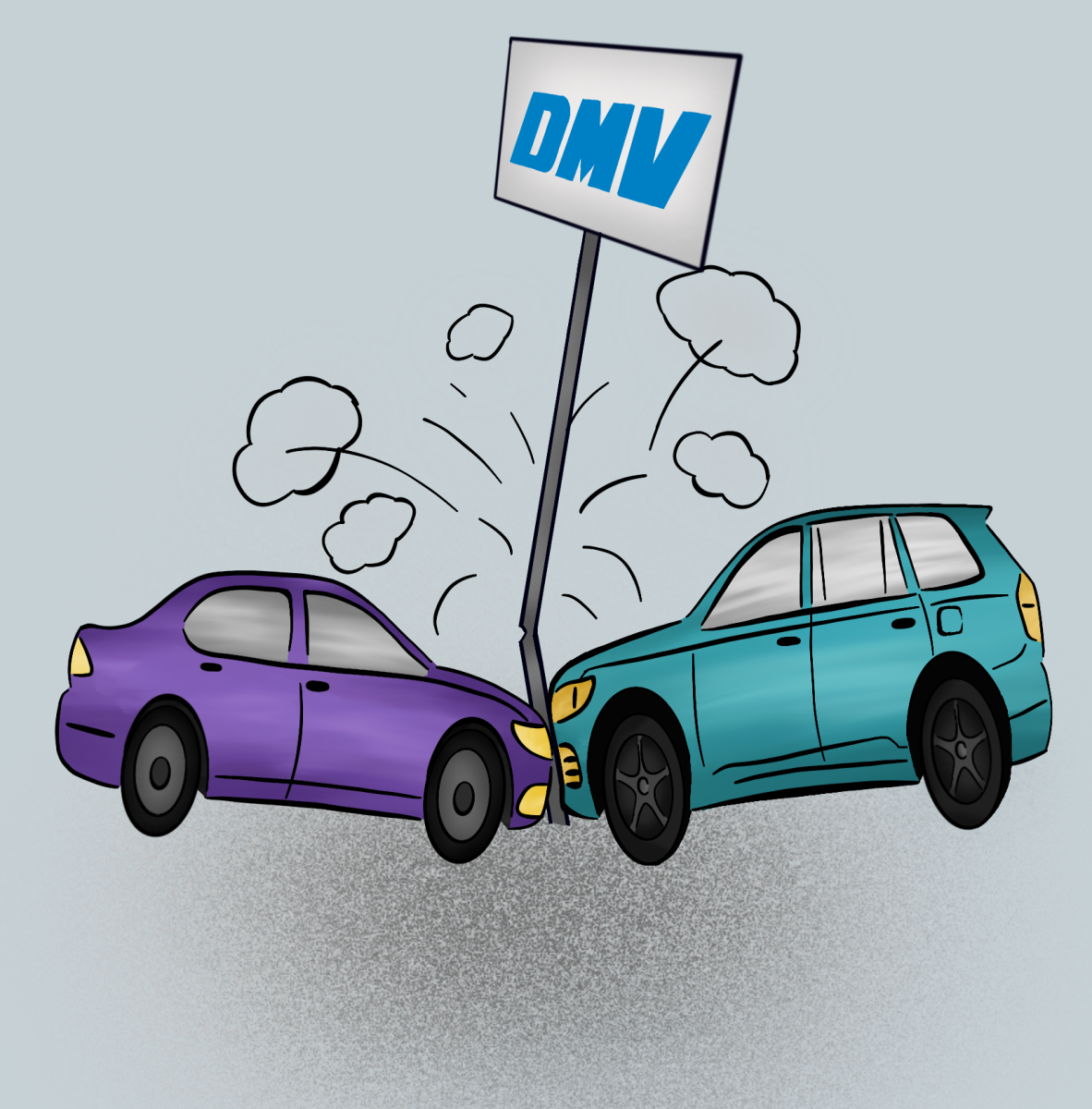For sophomores at Campo eager to finally begin their journey to freedom behind the wheel, the process of getting one’s license has proven difficult. Unlike the Driver’s Ed classes from 40 years ago, high school students planning on hitting the roads face expensive online classes, behind the wheel instruction from outside of school, several visits to the DMV, and 50 hours of driving time documented by a parent. Gone are the days where you could conveniently sign up for a semester-long Driver’s Ed class as a sophomore alongside a semester of Health. Now, students must encounter numerous hurdles to juggle schoolwork, extracurriculars, and time dedicated to getting one’s license.
Back in 1990, California pulled funding that paid for high school driving courses in response to a decrease in people getting their licenses. The number of people under 19 with their license has since been on a subtle decline with about 40% who had their license in 2021 compared to 64% in 1996 (The Hill). Despite this steep drop in the amount of people getting their licenses, interest has still remained steady among Campo students. For freshman Clark Gregory, who plans on getting his permit next year, he’s most excited about “getting to drive to different places” since it “ gives you more independence.”
However, deterrents in seeking one’s license outside of school have made it more difficult for teens to begin the process. Sophomore Sydney Han, who went through the process and now has a license, explained: “I did have to find time to take the courses because you can’t really take them in school. So instead I had to take them after school all the time.” Sophomore Connor McLemore added that going to the DMV to take the permit test and then later the driver’s test “felt like a chore because we live far away from the DMV.”
Another factor which often stalls highschool students from getting their license is the cost of required online and in-person driving classes. According to Larry Cuban, a Professor of Education at Stanford, “Costs vary from $250 to $500 per person.” While driver’s classes were once free to students at public schools, nowadays expensive fees and numerous trips to the DMV plague what was once an unflawed system.
A further benefit to bringing back optional Driver’s Ed as a semester class for sophomores is not only its convenience, but also its effectiveness in producing safer drivers. McLemore explained that “the class I took wasn’t too good and I had to use separate resources to get useful information.” He added that if Campo were to implement classes for Driver’s Ed, “we’d have better drivers who actually know what they’re doing on the road and could drive more safely.”
Offering Driver’s Ed to the Campo student body could be a game changer for teens eager to gain a sense of freedom and independence with their licenses. With a high demand among Campo students, Driver’s Ed could eliminate the stress of navigating homework, extracurriculars, and driving courses from outside of school. But perhaps most importantly, high school Driver’s Ed would provide students with a more comprehensive education on the slight subtleties many drivers often neglect. Gregory explained, “I think high school Driver’s Ed would clear things up and make getting a license so much easier.”





Anonymous • Jul 6, 2024 at 8:34 am
Behind the wheel, drivers training is not only more convenient but safer for everyone. When we count on parents and other folks to train our children, we have to believe that they are doing a good job. However, if that trainer is a bad driver to begin with you now have two bad drivers. If we’re all being trained in the same way, learning the five keys of SAFE driving, then our roadways would be so much safer. #CrashNotAccident.